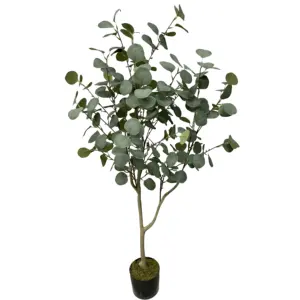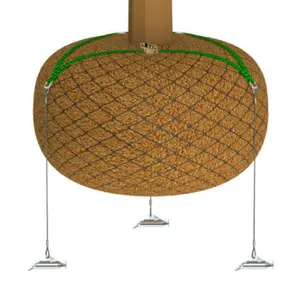
PZ-7-55 Tall Plastic Silver Dollars Silk Leaves Faux Tree Faked Eucalyptus Plant With More Style Pot Artificial Eucalyptus Tree


Tree Anchor Contract 20 Trees 7.5m To 12m And 45-75cm Girth Root Ball Fixing System Support Tall Trees





















Architectural scale trees play a pivotal role in creating realistic and detailed architectural models. These miniature arboreal representations are essential in providing a sense of scale and context within architectural presentations, allowing for a more comprehensive understanding of how a proposed structure will interact with its surrounding environment.
Architectural model trees come in various forms to suit different types of landscapes and architectural styles. From lush deciduous varieties to evergreen conifers, the selection is vast. The materials used in these scale models are equally diverse, with options ranging from durable plastic scale trees to those crafted from ABS plastic, each offering its own unique texture and level of detail.
The design process of scale model trees often involves intricate detailing to ensure they accurately represent their full-sized counterparts. These models are utilized in a broad spectrum of applications, from residential to commercial project presentations. Designers can choose from 3d model trees that provide a three-dimensional perspective, enhancing the visual impact of architectural proposals.
One of the key features of architectural scale model trees is their versatility. They can be integrated into model landscapes of modern, contemporary, or traditional styles, ensuring that they complement the architectural design they accompany. The advantage of using these scale trees is the added realism they provide, which can be crucial in client presentations and architectural competitions.
Customization is another aspect where model trees for architectural models excel. They can be tailored to match specific design requirements, such as particular species or seasonal appearances. This level of customization allows architects and designers to create more accurate and engaging models that resonate with their vision.
In line with environmental concerns, the production of miniature trees for architectural models often takes into consideration sustainable practices. Manufacturers are increasingly mindful of the materials and processes used, aiming to reduce the environmental footprint while still providing a product that meets the needs of meticulous architectural modeling.